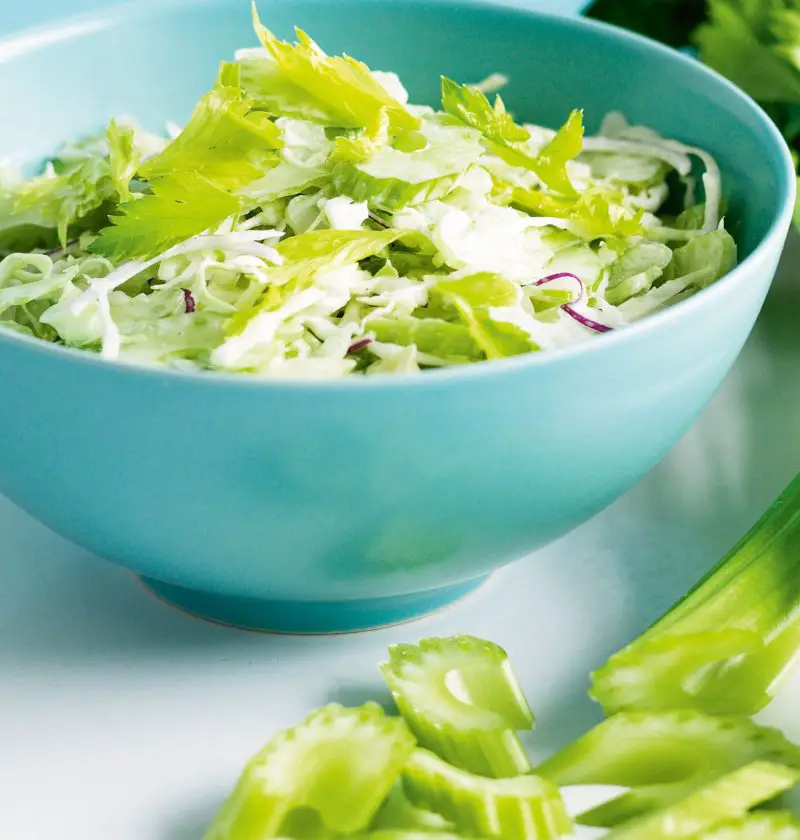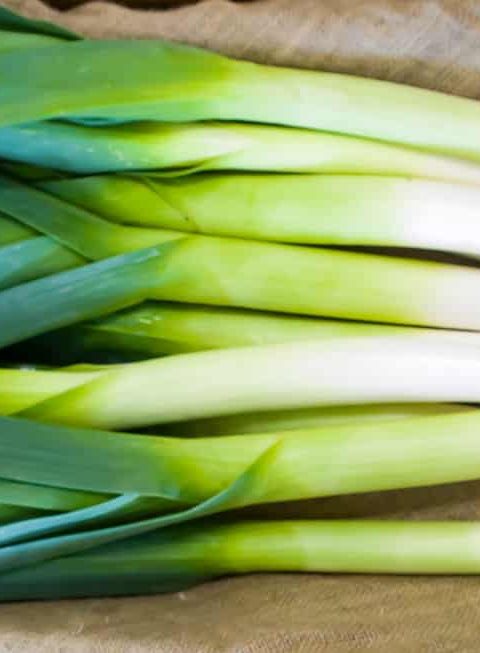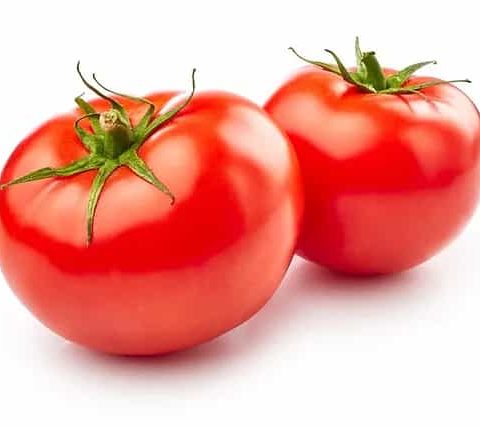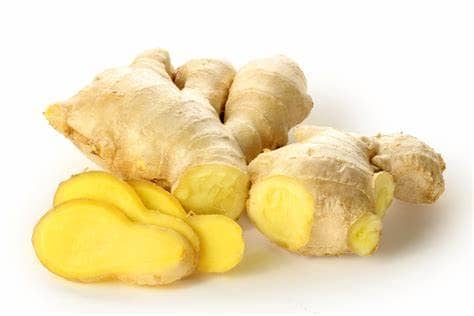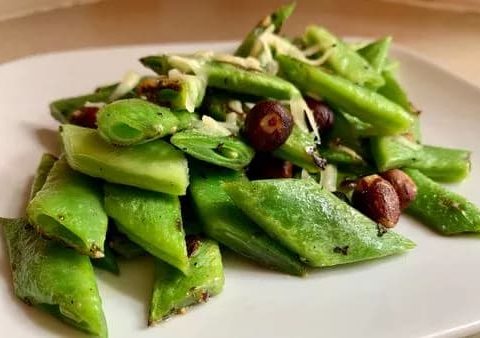Celery is a vegetable that originated in the Mediterranean region over 3,000 years ago. It’s part of the Apiaceae plant family, which also includes carrots, parsley, and fennel. This crisp, watery vegetable has long green stalks that are typically eaten raw or cooked.
Celery has a very mild, subtle taste, sometimes described as herbaceous or earthy. Its crunchy texture comes from the stringy fibers that run through its stalks. Celery is low in calories but packs vitamins K, A, and C, as well as folate and potassium. It’s also a good source of dietary fiber.
How to Prepare Celery
When preparing celery, first trim off the base and leaves. Rinse the stalks under cool water to remove any dirt or debris. Use a vegetable peeler to remove any stringy fibers from the back of the stalks, if desired.
Celery can be eaten raw or cooked. To eat it raw, simply cut the stalks into sticks or slices. It’s often served as part of a veggie platter, paired with carrot sticks and dip.
To cook celery, common preparations include sautéing, braising, roasting, or adding it to soups and stews. Celery takes on a deeper, more concentrated flavor when cooked. Cut the stalks into small pieces before cooking.
How to Cook with Celery
Celery is very versatile in cooked dishes. Here are some ways to cook celery:
- Sauté – Cook chopped celery over medium heat in olive oil or butter until tender, about 5-7 minutes. Season with salt, pepper and herbs.
- Roast – Toss celery pieces with olive oil, salt, and pepper. Spread on a baking sheet and roast at 400°F for 15-20 minutes until browned.
- Braise – Brown celery, then cook slowly in liquid-like broth until very soft, 25-30 minutes. Finish with herbs.
- Soup – Add diced celery to chicken or vegetable soups. It’s a classic component of soups like chicken noodles.
- Stew – Celery is right at home in beef stew, lentil stew, and more. Add a few stalks in pieces to simmer and soften.
- Stir fry – Slice celery diagonally and stir fry with meats or veggies. It works well in Asian-style stir-fries.
Benefits of Eating Celery
Celery is touted for its many potential health benefits. Here are some of the ways celery may boost your health:
- Hydration – It’s about 95% water, making it a very hydrating, low-calorie food.
- Digestion – Celery fiber prevents constipation, helps you feel full and may improve gut health.
- Inflammation – Antioxidants like flavonoids found in celery fight inflammation.
- Blood pressure – Celery contains phthalides that may help lower blood pressure.
- Cholesterol – The vegetable’s phytonutrients may help lower LDL (bad) cholesterol.
- Cancer prevention – Compounds like luteolin in celery may fight cancer cell growth.
How to Store Celery
Celery is best consumed soon after purchase, but can last 1-2 weeks if stored properly:
- Refrigerate unwashed celery in a plastic bag in the crisper drawer. Keep air out to prevent it from becoming limp.
- Trim or remove leaves as they wilt – this prevents the stalks from deteriorating quickly.
- Soak limp celery stalks in ice water for 30 minutes to re-crisp them.
- Once cut, wrap celery tightly and use within 5 days. Otherwise, it will become dried out.
Final Words
Celery is the perfect crunchy, hydrating vegetable to keep on hand. Follow these tips to store it for maximum freshness and enjoy its crisp texture and fresh, aromatic flavor.

